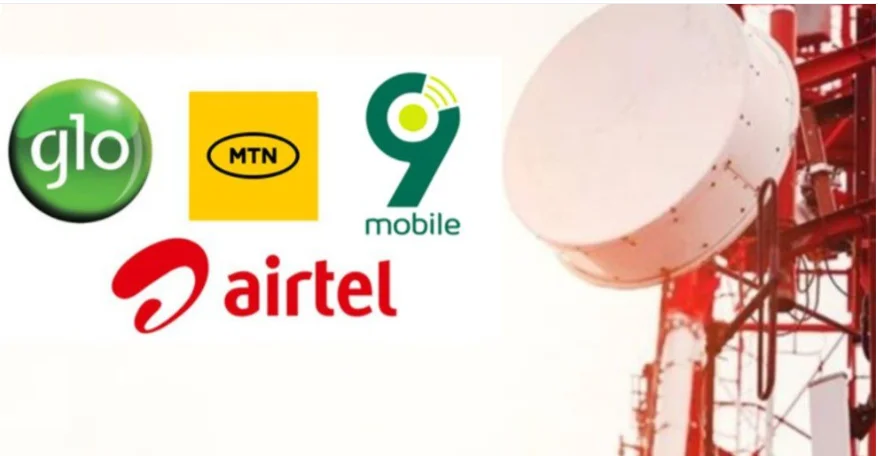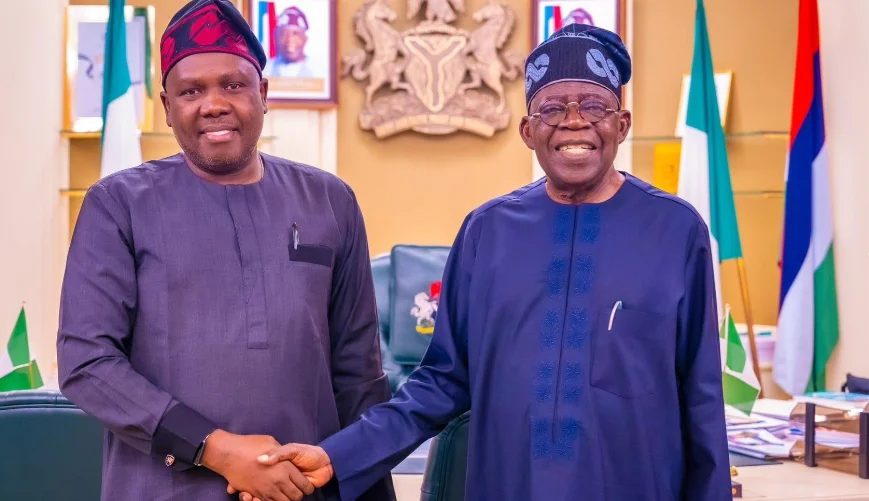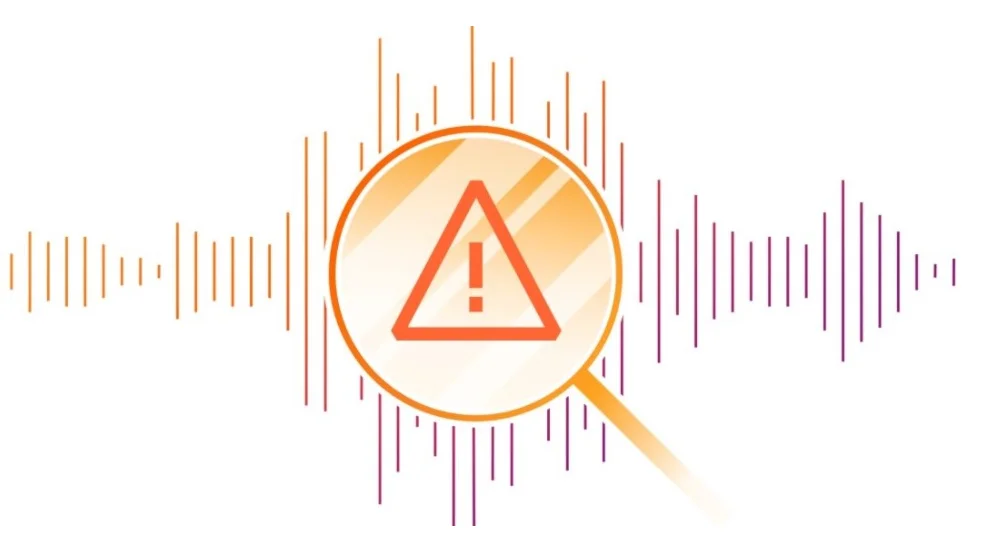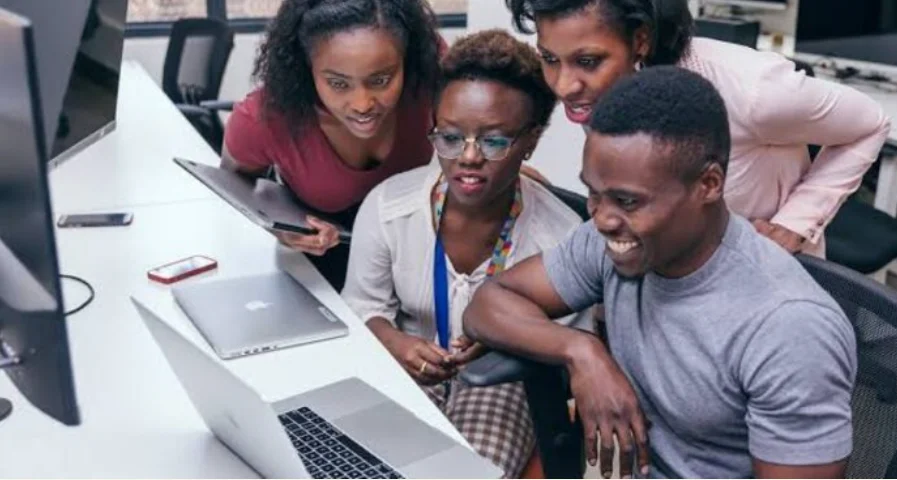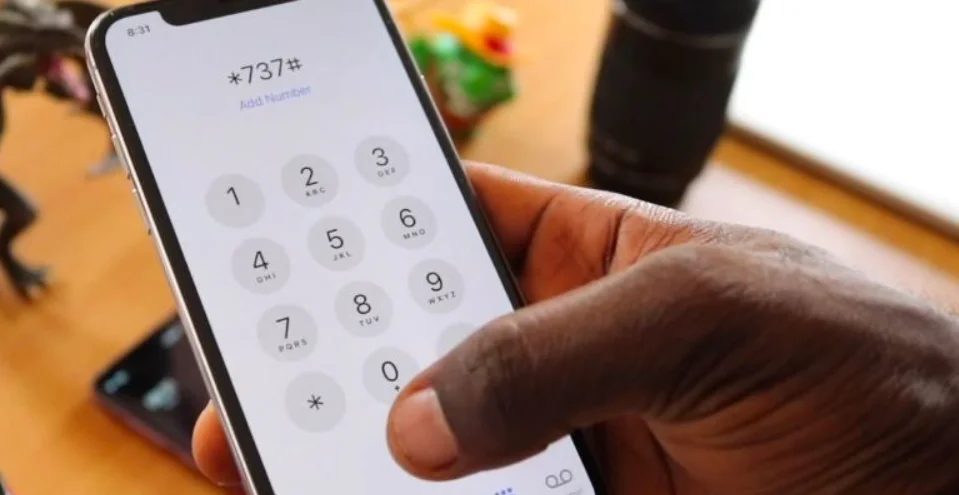If you’ve ever wondered, “How do deaf people listen to music?”, you’re not alone. After all, music is sound, so how can someone who can’t hear still enjoy it?
The truth is, music isn’t only about sound. At its core, music is vibration, and that’s the gateway for people who are deaf to connect with rhythm, melody, and emotion.
Music as Vibration: Feeling the Beat
When you attend a concert, you don’t just hear the booming bass; you feel it thumping through your chest. That same sensation helps deaf individuals experience music.
- Vibrations travel through the skin, bones, and nerves, creating a sensory experience beyond hearing.
- Percussions, basslines, and rhythms can be felt physically, turning beats into something deeply tactile and emotional.
In other words, while hearing listeners process music through their ears, deaf people often process it through their bodies and senses.
Advanced Technology: Expanding Musical Access
Thanks to technology, the deaf community now has even more ways to enjoy music:
- Cochlear implants and hearing aids amplify certain frequencies.
- Vibration vests and wristbands sync with music, letting users feel rhythms directly on their skin.
- Immersive sound systems enhance low-frequency vibrations, making beats more intense and easier to feel.
These innovations are redefining how deaf people engage with music—making it more inclusive and immersive than ever before.
Music as Visual Art
Music doesn’t have to be limited to sound or touch. It can also be visual.
- Lighting and visual effects at concerts amplify the rhythm.
- Choreography and dance turn beats into movement.
- Specialist interpreters translate lyrics and melodies into sign language, expressing rhythm and emotion through facial expressions and body language.
Through visuals, deaf audiences don’t just feel the music; they see it come alive.
Evelyn Glennie: A Deaf Music Icon
A shining example of this connection is Evelyn Glennie, a world-renowned percussionist who is profoundly deaf. She often performed barefoot, allowing her to feel every vibration through the floor and her body.
Her career proves that music isn’t limited to what’s heard; it’s something that can be felt and expressed in countless ways.
Final Answer: Can Deaf People Listen to Music?
Yes, deaf people can listen to music, but not in the traditional sense. Instead of relying solely on their ears, they use their skin, eyes, bones, and pulse to experience rhythm, vibration, and emotion.
Music is not only sound—it is vibration, movement, and feeling. For the deaf community, it’s an art form they can see, touch, and embody.



